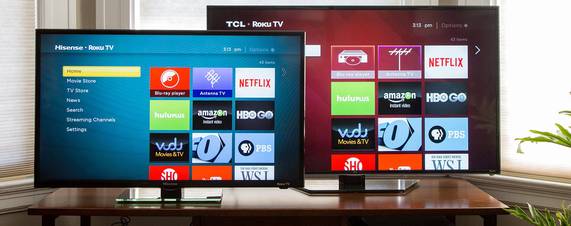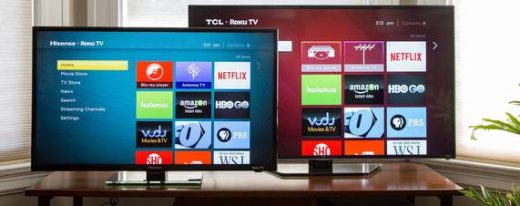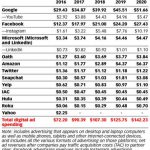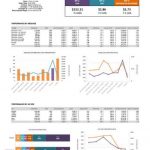Searches Spike When Connected To TV Ads
Searches Spike When Connected To TV Ads
by Laurie Sullivan, Staff Writer @lauriesullivan, March 27, 2017
Television advertisements generate post-ad searches not only for the brands advertised on television, but also for competing brands.

In fact, “TV ads with small audiences can produce detectable search spikes for the advertised brand, with 75% of incremental searches occurring within two minutes,” estimates University of Houston Professor Rex Du, University of Minnesota Assistant Professor of Marketing Linli Xu, and U.C. San Diego Associate Professor Kenneth Wilbur in a white paper presented at a recent ARF Annual Conference. The white paper is called “TV Ads and Search Spikes: Toward a Deeper Understanding.”
Sometimes the television ad works as a reminder to do something or purchase a product. The researchers found that spikes on search engines vary based on the ad content. Spikes are typically larger after brand-focused ads compared with price-focused ads, and after less informative ads than after more informative ads.
The spikes also vary based on the contextual media such as network, the use of dayparting and program genre, but their influence will differ across brands.
The white paper offers insight into two studies showing the influence of TV ad insertions on searches. In the first study the group analyzes two daily fantasy sports brands for three months.
Post-ad search spikes were detectable for these brands, even for ads with small audiences. The results show that “after controlling for audience size and brand effects, ad content and media factors explained an incremental 54% of the variation in post-ad search spikes.”
The most revealing data came from the second study, done with three pickup truck brands. This study merges brand search data from half a million minutes with audience data for more than 40,000 national TV ad insertions. This main study replicates the results of the pilot study and show that about 75% of incremental search occurs either in the minute the ad begins or during the following minute.
It also shows that the effects of media factors are brand-specific, and consumers who view the ad are more likely to buy in the advertised product category, producing larger search spikes. The findings also show that brand-focused ads produce larger search spikes than price-focused ads, and search spikes are smaller after more informative ads.
The white paper discusses the findings of the studies, examines benefits of minute-by-minute search data or second-by-second brand Web site traffic data to estimate advertising responses, and explains how to use this data to support television advertisements and digital advertising.
Overall, the findings suggest that “marketers should consider post-ad search spikes in conjunction with other metrics when evaluating and purchasing TV ads.” And while the paper analyzes how marketers can better leverage digital metrics, such as online search in assessing TV ad effectiveness, the research isn’t meant to “advise marketers to abandon traditional measures of advertising response, such as online sales, store track, or brand mindset metrics.”
MediaPost.com: Search Marketing Daily
(46)













